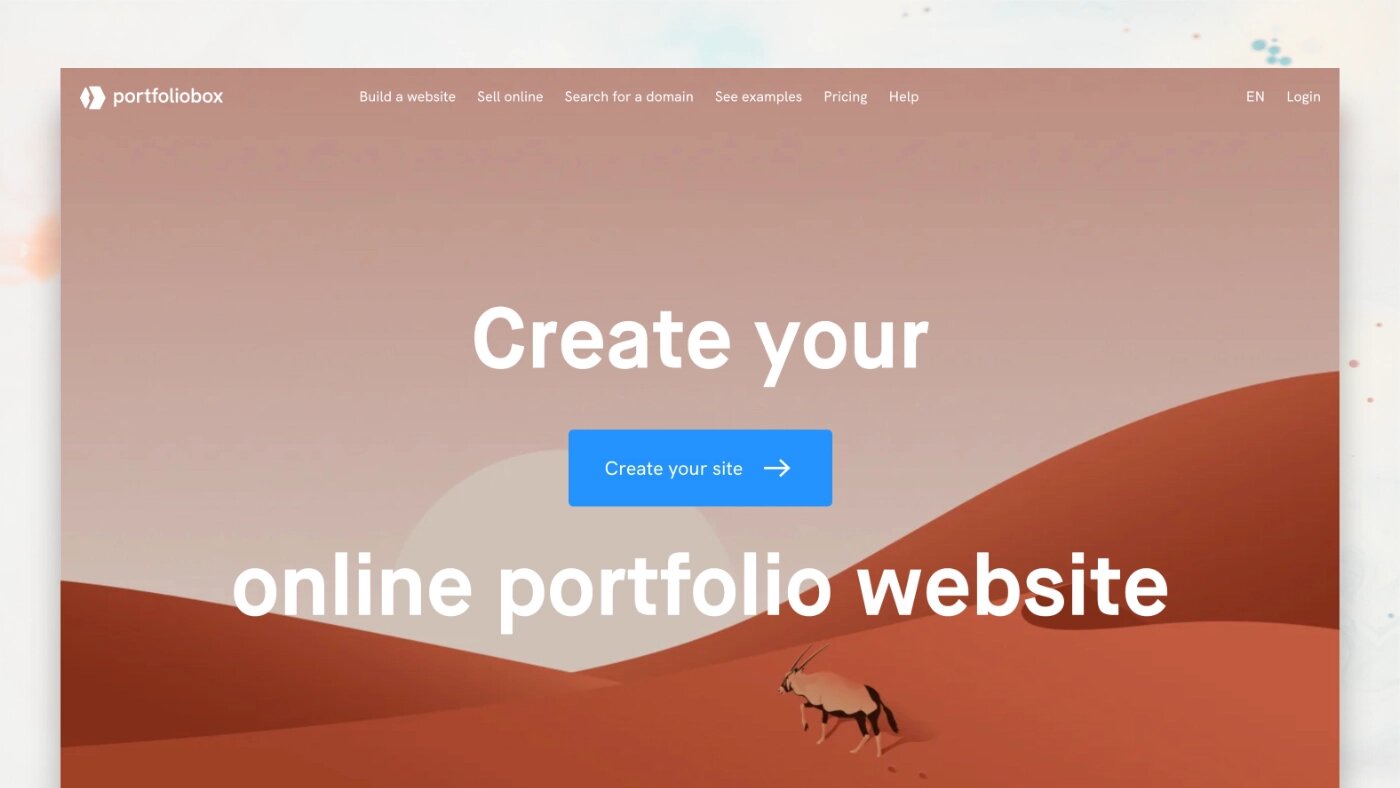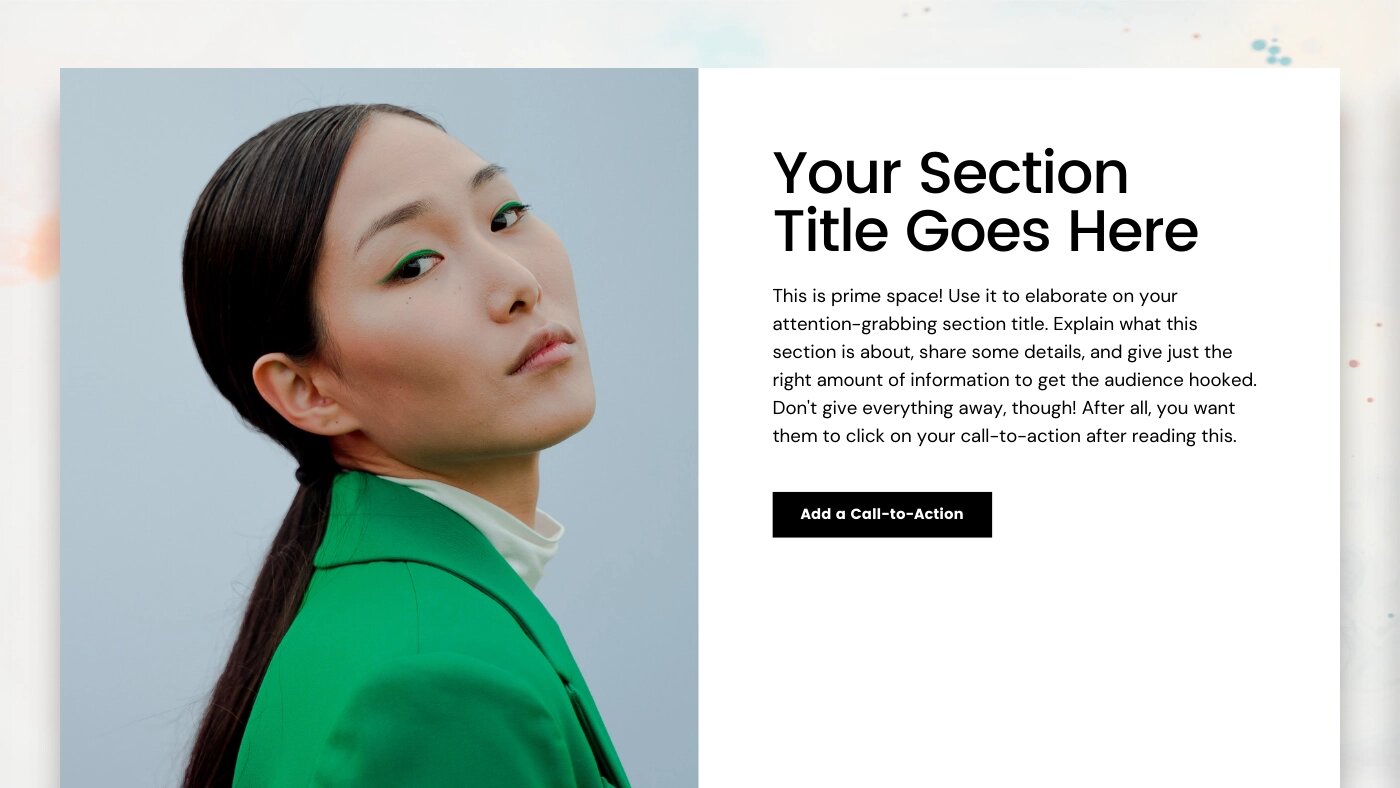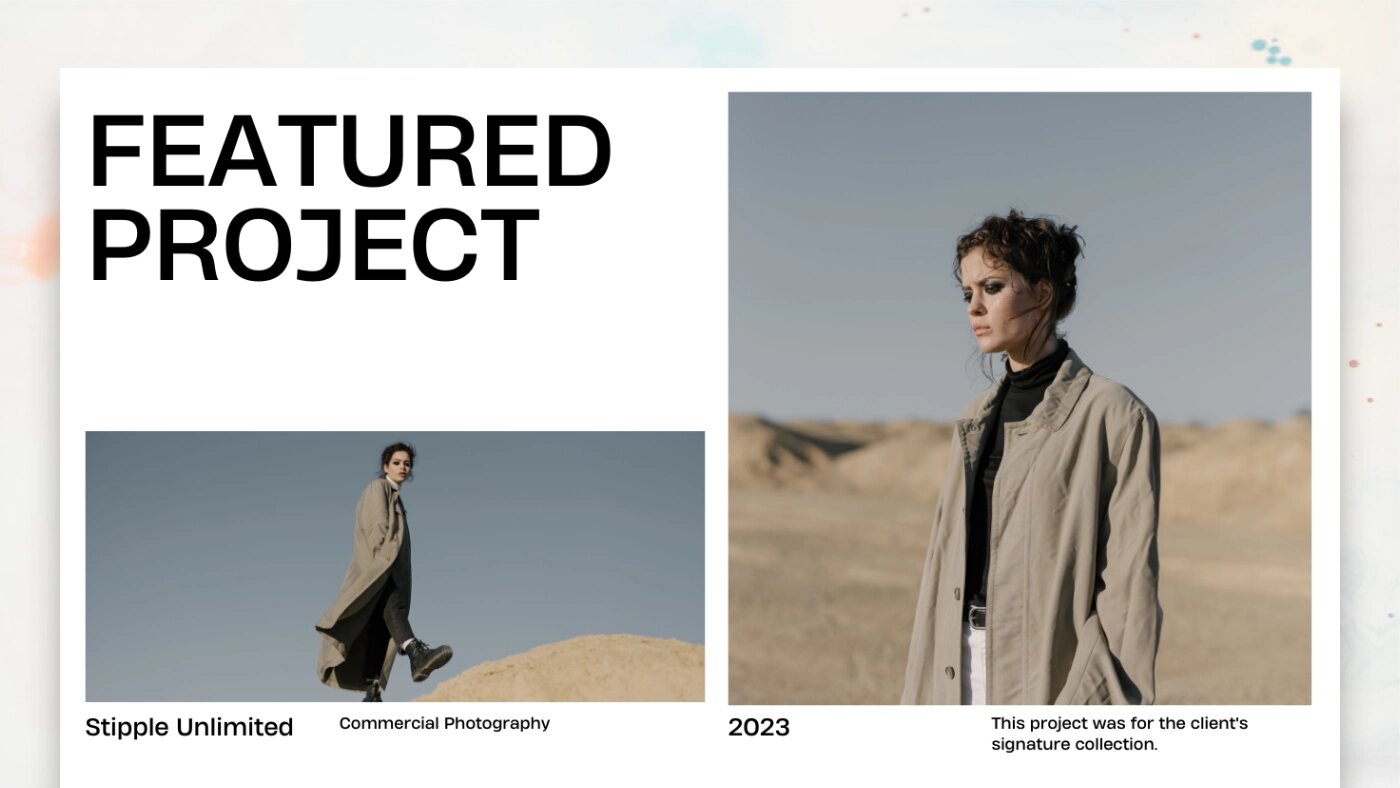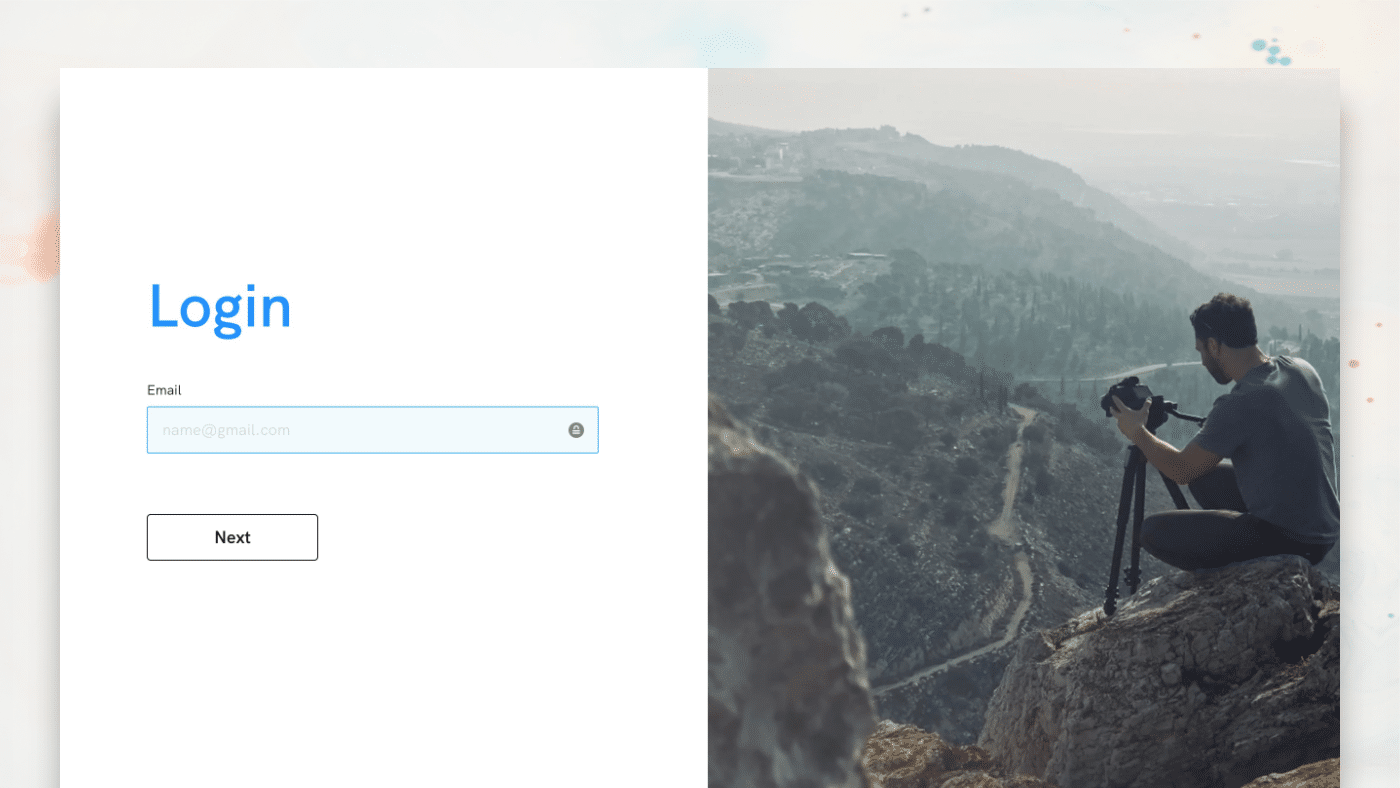Table of Contents
The content you add to your portfolio and how you present it plays a big role in how easily people are able to find you. As you prepare to publish your portfolio, go through this guide to ensure your portfolio is optimized for search engines and visitors.
Before publishing
1. Unique content
This is one of the most important aspect of SEO: your content should be your first priority when it comes to SEO. Three words: Unique, Qualitative and Relevant.
- Avoid duplicated content. Every piece of content on your online porfolio needs to be unique: titles, SEO descriptions, body text, image descriptions, product descriptions, blog articles, etc.
- Your content needs to be accurate and relevant for your audience. For example, if you announce on your portfolio that your are a Fashion photographer, it's not recommended to display photos of your paintings on the same website. Google won't qualify your painting photographs to be a relevant content for your portfolio. If you are also an artist, it's best to create another website dedicated to your artwork.
2. Mention your keywords early on in your content
Make sure to mention your keywords at least once at the top of the page and in strategic places: titles, body text, SEO titles & description, etc. Keywords should be incorporated naturally in your texts, image descriptions or titles, in a way that is comprehensible to your visitors. A list of words at the end of a page does no good to your SEO. Learn how to best use keywords on your portfolio.
3. Think the structure of your portfolio with the user in mind
- Keep the navigation simple so that your visitor easily can find his way around your portfolio.
- If relevant, use internal links to help your visitor navigate through your portfolio.
- Use descriptive words separated with hyphens in your URLs, e.g. what-is-seo, instead of whatisseo.
- Avoid big chunk of text and prefer paragraph breaks.
- Include images or videos when appropriate.
4. Structure your content with headers
Use headers to organise the content on your page. Clear headers help the visitor skim your page to quickly find the information available on your page. Optimize your headers with keywords. Learn how to add a header to a page and how to edit the style of your headers in Portfoliobox.
5. Add a website icon
The icon may appear in search results, browser tabs, and elsewhere on the web. Learn how to add a website icon.
6. Add SEO titles & descriptions
Make sure each page on your portfolio has a unique SEO title & description. The text should be short and readable, and describe the content of the page. You can also add SEO descriptions to individual blog posts and products.
7. Optimise your images before uploading them
To avoid quality loss make sure your images are 1920 pixels in width or height, before you upload them. We also recommend making sure their color profile is sRGB. If you are using Photoshop go to File > Save for Web. This will make sure that the images will be optimized for web browsers. Read more about images.
Edit the name of the files before you upload your images. Try to use keywords in your image titles. The file name will be the image title in your Portfoliobox admin panel.















